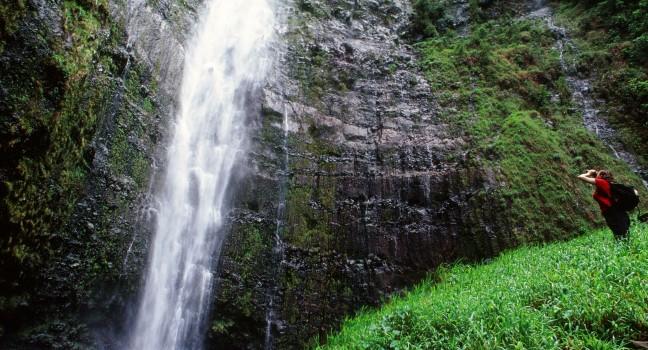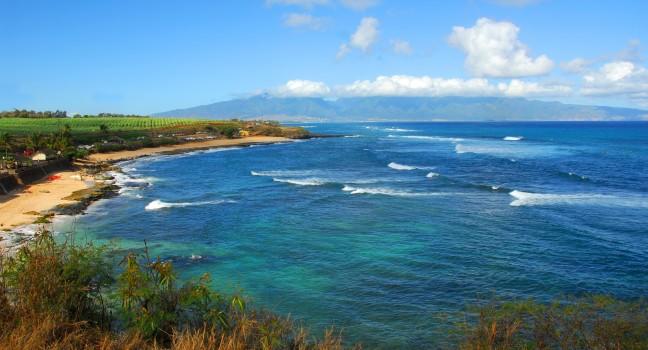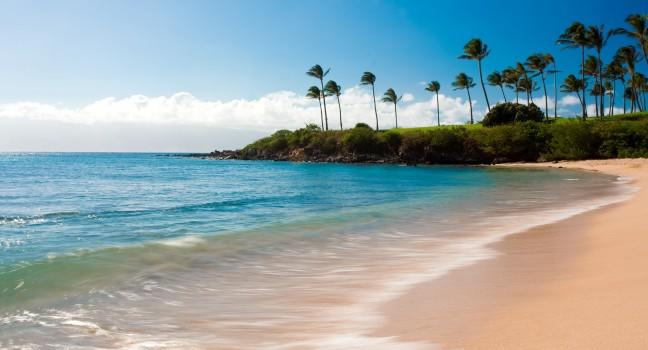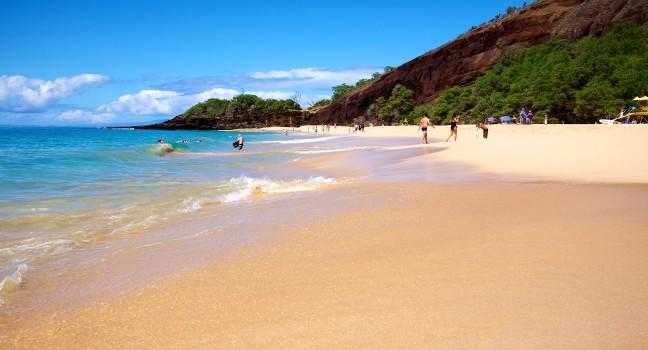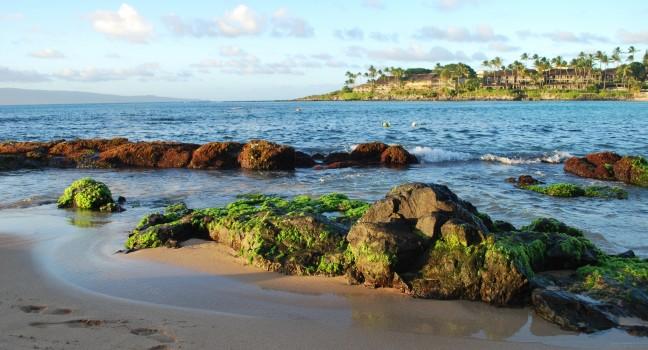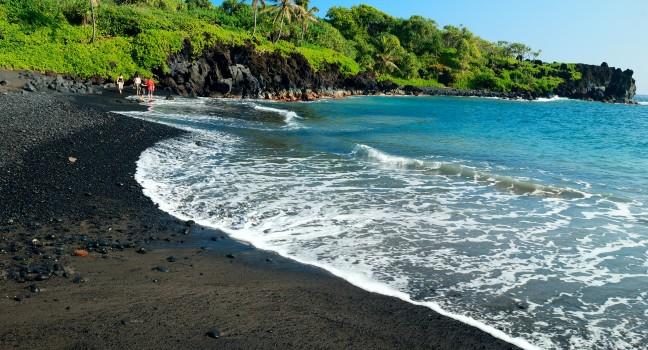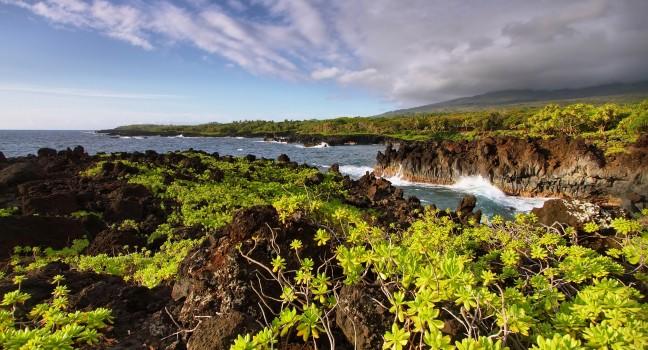Nowhere else on Earth can you drive from sea level to 10,023 feet in only 38 miles. And what's more shocking: in that short vertical ascent to the summit of the volcano Haleakala you'll journey from lush, tropical island landscape to the stark, moon-like basin of the volcano's enormous, otherworldly crater.
Established in 1916, Haleakala National Park covers an astonishing 33,222 acres, with the Haleakala Crater as its centerpiece. There's terrific hiking, including trails for one-hour, four-hour, eight-hour, and overnight hikes, one of which goes through the Waikamoi Cloud Forest on Monday and Thursday only and requires reservations (call the park line no more than a week in advance). No other hikes require reservations. There is also on-site camping.
Before you head up Haleakala, call for the latest weather conditions. Extreme gusty winds, heavy rain, and even snow in winter are not uncommon. Because of the high altitude, the mountaintop temperature is often as much as 30°F cooler than that at sea level, so bring a jacket.
There's a $30-per-car fee to enter the park, good for three days. Hold on to your receipt—it can also be used at Oheo Gulch in Kipahulu. Once inside the park, stop at the Park Headquarters to learn about the volcano's history, and pick up trail maps (and memorabilia, if you want) at the gift shop. Campers and hikers must check in here.
If you're planning to view the sunrise from the summit, you must make reservations ( recreation.gov) up to 60 days before your visit. This allows you to enter the summit area between 3 and 7 am. A limited number of last-minute tickets are released online two days beforehand, but these can be difficult to secure. If you don't snag one of these coveted spots, consider visiting for sunset, which, on most days, offers equally stunning views. The air is thin at 10,000 feet. Don't be surprised if you feel a little breathless while walking around the summit. Take it easy, and drink lots of water. Anyone who has been scuba diving within the last 24 hours should not make the trip up Haleakala.
